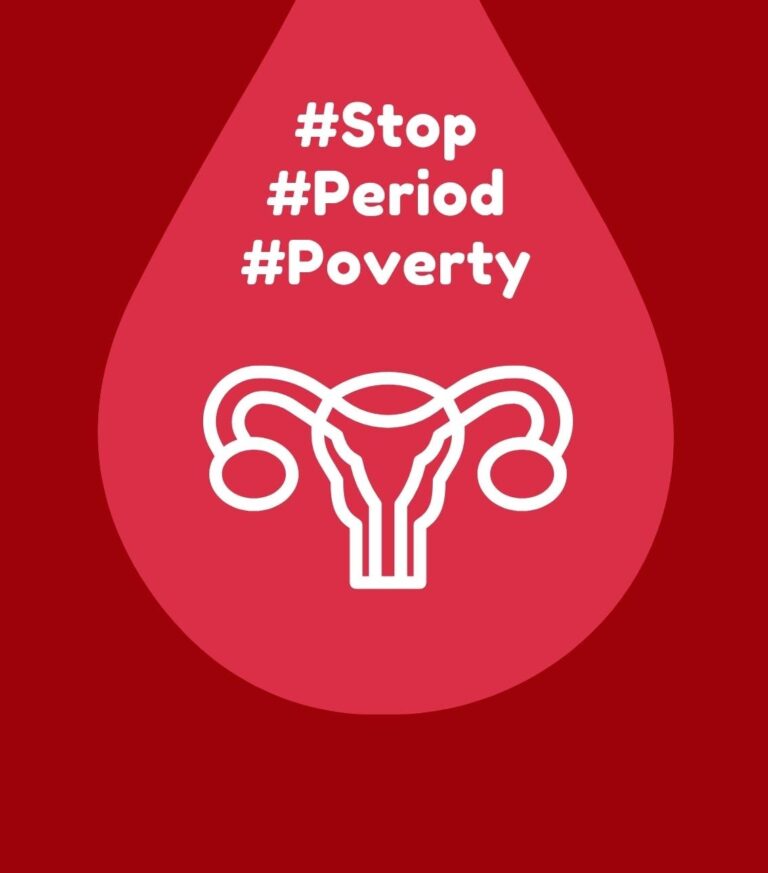A period, which is called menstruation, happens every month to all women when a pregnancy does not occur. Among the world population, 26% of women are of reproductive age, and there are about 800 million women who menstruate each day. Since the problem of “period poverty” has arisen in national news reports in 2016 (Jarvis), people around the world have been putting an effort to alleviate the severity of this issue.
People often have a single-sided concept regarding the period poverty issues. Period poverty is often defined as “a global issue affecting women and girls who don’t have access to safe, hygienic sanitary products, and/or who are unable to manage their periods with dignity, sometimes due to community stigma and sanction” (Period Poverty), focusing on the financial issue.
However, most people are not able to expand this problem to all-female around the world, regardless of their incomes. The period poverty issue, more than what and how people generally think of, correlates to sociocultural matters. Every day, there are innumerable women who suffer from period poverty due to the “dominant cultural narrative [– as known as period taboo –] of menstruation as something that is ‘shameful’, and ‘dirty’” (Standing and Hughes). Not only women cannot buy their menstrual products, but also they lose educational opportunities, are discriminated against in a society they belong to, and cannot freely receive the medication when it is necessary. To be specific, females in some societies even lack sufficient knowledge to deal with their periods owing to the absence of sex education triggered by cultural or traditional biases.
As the period poverty still remains a massive problem for women across the globe, people should approach this issue with a serious attitude and try to resolve the problem by combating the underlying causes through means based on humanitarian standards.
By: Jieun Kim


